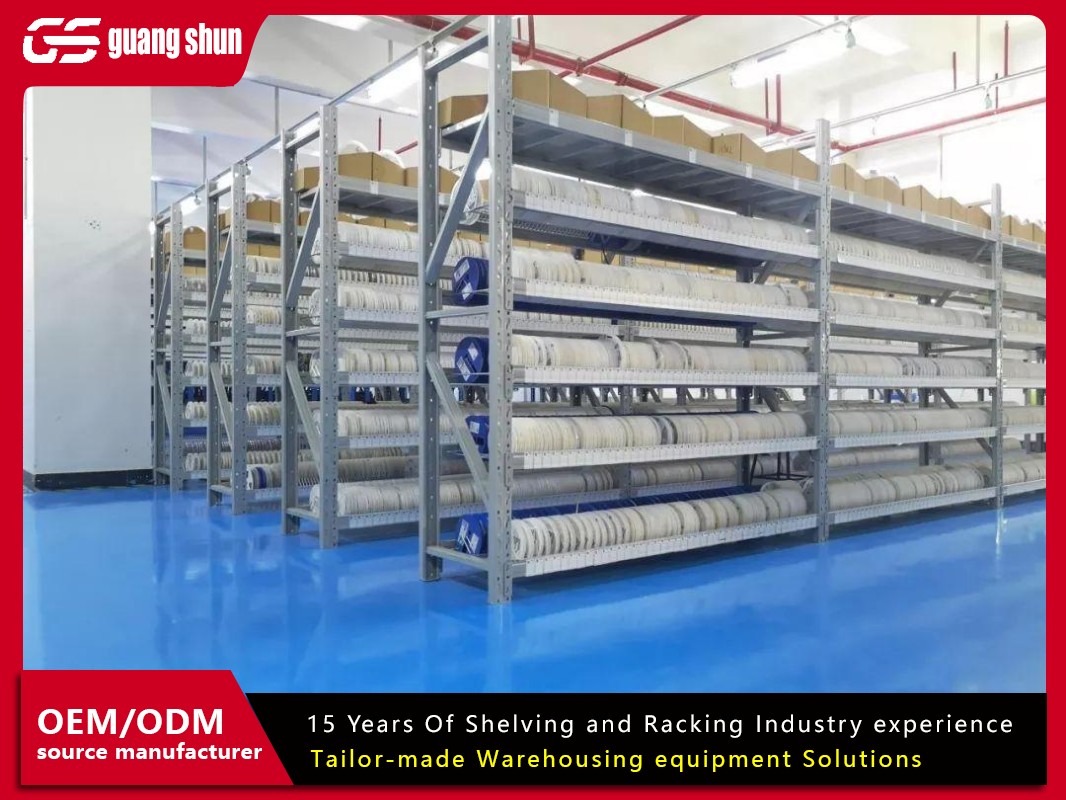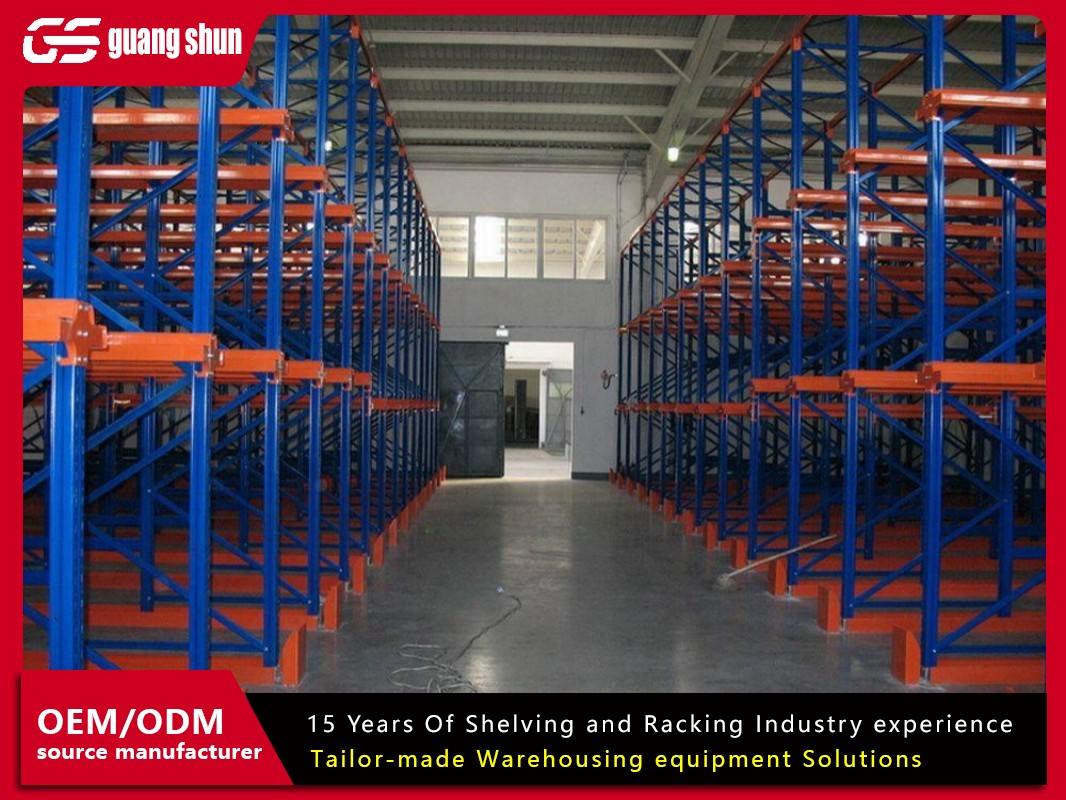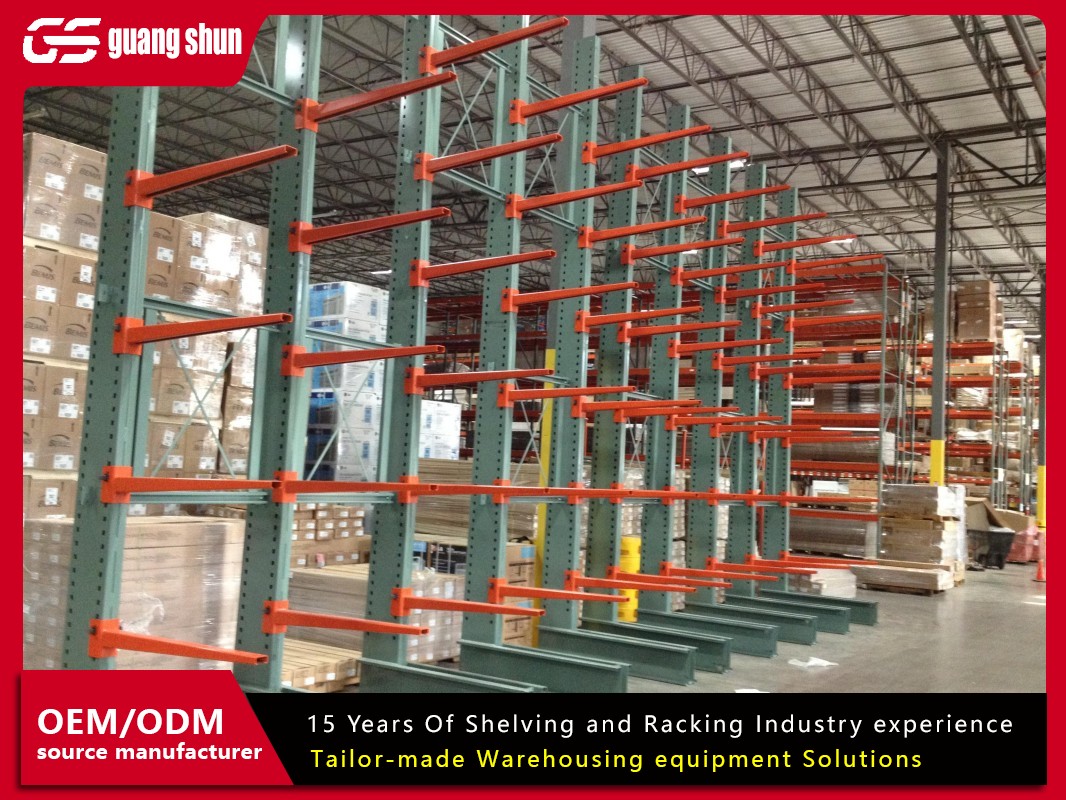Warehouse racking systems are the silent workhorses of any distribution center, manufacturing plant, or storage facility. They bear immense weight day in and day out, silently supporting the flow of goods and the entire supply chain. However, like any critical infrastructure, they are subject to wear, tear, and accidental damage. Ignoring the need for prompt warehouse rack repair is a significant risk, one that can lead to catastrophic collapse, product loss, and severe worker injury. A proactive approach to inspection and maintenance is not just a best practice—it's a fundamental responsibility for operational safety and efficiency. This article delves into the seven critical signs that demand immediate attention, the process of professional repair, and the strategic importance of a robust maintenance program.
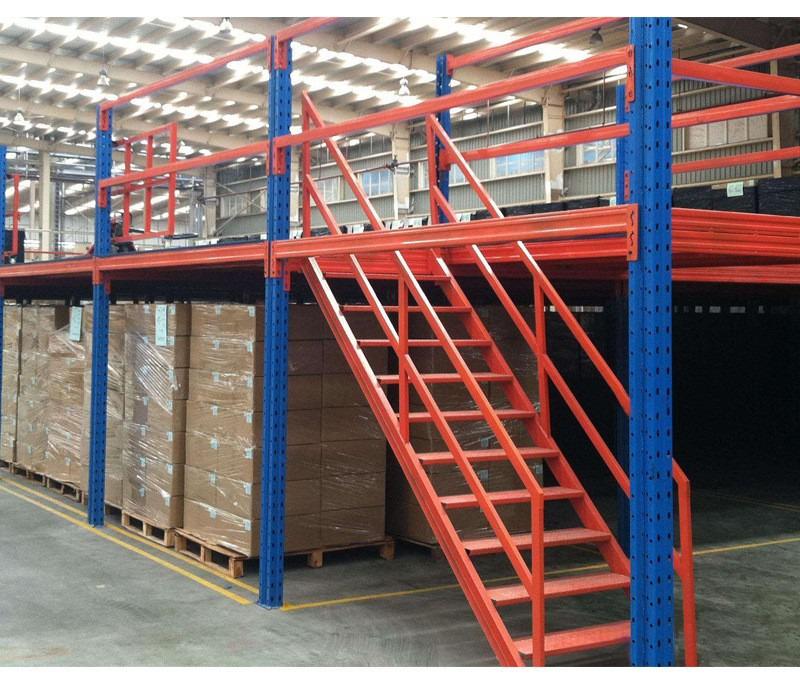
The Non-Negotiable Importance of Regular Rack Inspections
Before damage even occurs, the first line of defense is a consistent and thorough inspection regimen. OSHA guidelines recommend formal inspections to be conducted by a "designated person" (which can mean a trained in-house employee or a third-party expert) at least annually. However, daily or visual checks by forklift operators and warehouse staff are equally crucial.
These inspections are the primary method for identifying early-stage issues that require warehouse rack repair. They help categorize damage into different severity levels, determining whether a beam can be simply adjusted, a component needs replacement, or an entire section requires engineering evaluation. Without a formal inspection schedule, minor issues go unnoticed, escalating into major, costly problems that can halt operations. An effective inspection program directly contributes to preventing accidents, protecting inventory, and avoiding the massive costs associated with a full-scale racking collapse.
7 Unmistakable Signs Your Racks Demand Professional Repair
Visual cues are the most common way to identify problems. Training your team to recognize these signs can save lives and assets.
1. Visible Beam Deflection and Bending: This is one of the most common and dangerous forms of damage. Beams are designed to have a specific load capacity. When they are overloaded or struck by equipment, they can bend or bow. Even a slight bend significantly reduces their load-bearing capacity. Any visible deflection is a red flag that requires immediate warehouse rack repair or component replacement.
2. Dents, Cracks, and Tears in Upright Frames: The upright frames are the vertical columns that support the entire structure. Damage to these components is extremely serious. Look for dents, particularly at critical heights where beams connect (the lock holes). More severe damage includes cracks or tears in the metal. A dent deeper than ¾ of an inch (approximately 20mm) is often considered the threshold for immediate replacement of that upright section, as per industry standards like RMI (Rack Manufacturers Institute).
3. Damaged or Dislodged Beam Connectors and Locking Devices: The connection between the beam and the upright is the most vulnerable point in a racking system. Forklifts frequently clip these connectors, bending or shearing them. If a beam connector is damaged, missing, or the beam is not securely seated in its lock, that beam end has no support. This creates an imminent collapse hazard and is a top-priority warehouse rack repair.
4. Misaligned or Leaning Uprights: Over time, repeated impacts can cause entire upright frames to shift out of plumb (vertical alignment). A leaning rack is a clear sign of systemic damage, often to the base plate or the floor anchor. This compromises the stability of the entire bay and must be addressed immediately by a specialist.
5. Rust and Corrosion: While not always caused by an impact, corrosion weakens the structural integrity of the steel. In environments with high humidity or where chemicals are stored, rust can eat away at the metal, thinning it and making it brittle. This necessitates an assessment to determine if cleaning and painting are sufficient or if parts need replacement.
6. Damaged Base Plates and Floor Anchors: Base plates are the feet of the uprights, and anchors bolt them to the concrete floor. If a forklift runs over a base plate, it can bend, break, or dislodge the anchor. This can cause the upright to kick out, leading to a potential domino-effect collapse. Checking base plates is a critical part of any inspection.
7. Overloading and Incorrect Load Distribution: This isn't "damage" in the physical sense, but a misuse of the rack that causes damage. Exceeding the posted load capacity or placing loads unevenly on a beam (e.g., all the weight on one end) will lead to bending and failure. Warehouse rack repair often involves fixing the damage caused by this practice and retraining staff on proper loading protocols.
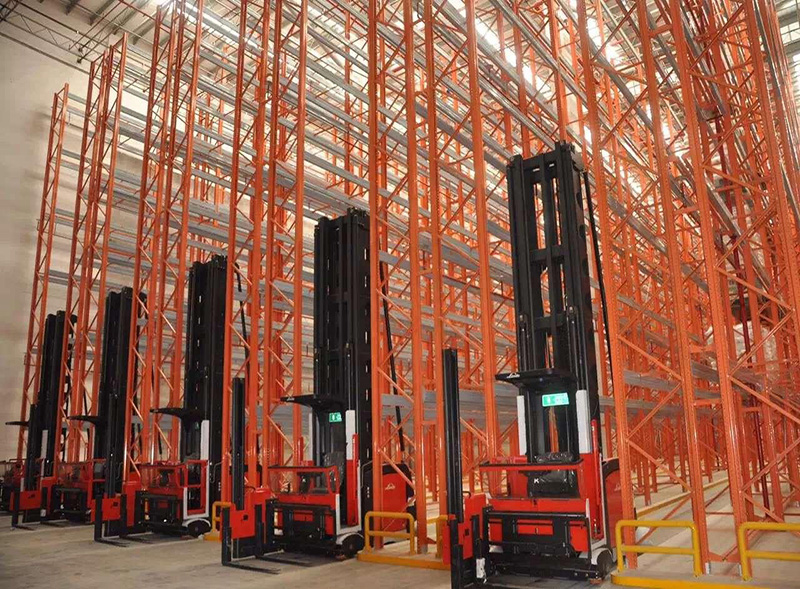
The Step-by-Step Process of a Professional Warehouse Rack Repair
Understanding what a professional repair entails can help managers make informed decisions. It is a structured process far beyond simply bending a piece of metal back into place.
Assessment and Engineering Evaluation: A qualified technician first assesses the damage, measuring dent depths, checking alignment, and evaluating the overall structure. For severe damage, a professional engineer may need to calculate the remaining capacity and approve the repair method.
Safety First - Unloading and Isolation: The damaged bay must be completely unloaded. This is non-negotiable. The area is then cordoned off to prevent any activity around the compromised structure until repairs are complete.
Component Replacement vs. Straightening: Professional repair almost always means replacement. Technicians do not hammer out dents or bend beams back into shape, as this weakens the metal (work hardening). The standard procedure is to replace the damaged upright, beam, or connector with a new, manufacturer-approved component of identical rating and specification.
Realignment and Re-anchoring: For leaning frames, technicians will use specialized equipment to carefully pull the upright back into plumb. They will then inspect, and if necessary, replace the base plate and re-anchor it to the concrete floor using high-grade anchors designed for seismic and load forces.
Post-Repair Inspection and Certification: After repairs are complete, the system is reinspected to ensure it meets all original design specifications and safety standards. A report is provided, detailing the work done and certifying the rack's safety for use.
Choosing Between In-House Maintenance and Professional Repair Services
While training staff to identify damage is essential, the actual warehouse rack repair should almost always be handled by professionals. In-house teams can perform minor tasks like tightening loose bolts or adjusting beams that have simply come unhooked.
However, for any structural damage—dents, bends, cracks—a specialized service provider is necessary. They possess the correct OEM (Original Equipment Manufacturer) parts, specialized tools for safe dismantling and reassembly, and the most critical element: the engineering knowledge. They understand the load dynamics and can ensure the repair restores the system to its original integrity. Using uncertified or incorrect parts for a repair is a huge liability and safety risk.
Implementing a Proactive Program to Minimize Future Repairs
The best repair is the one you avoid needing. A proactive program focuses on prevention.
Comprehensive Training: Continually train forklift and reach truck operators on spatial awareness and safe operation around racking.
Install Protective Equipment: Invest in robust column guards, end-of-aisle protectors, and guard rails. The cost of this protection is minuscule compared to the cost of a single major collapse or warehouse rack repair project.
Clear Policies and Reporting: Create a culture where operators are encouraged to report any impact immediately, without fear of reprisal. A quick report allows for a quick fix before the problem escalates.
Scheduled Professional Inspections: Don't rely solely on in-house eyes. An annual inspection by an unbiased third party can identify issues your team may have missed and provide a detailed audit of your system's health.
In conclusion, your warehouse racking is a critical asset. Treating warehouse rack repair with the seriousness it deserves is a direct investment in your operation's safety, productivity, and bottom line. By knowing the signs, understanding the process, and implementing a proactive prevention strategy, you can ensure your racks continue to safely support your business for years to come.



